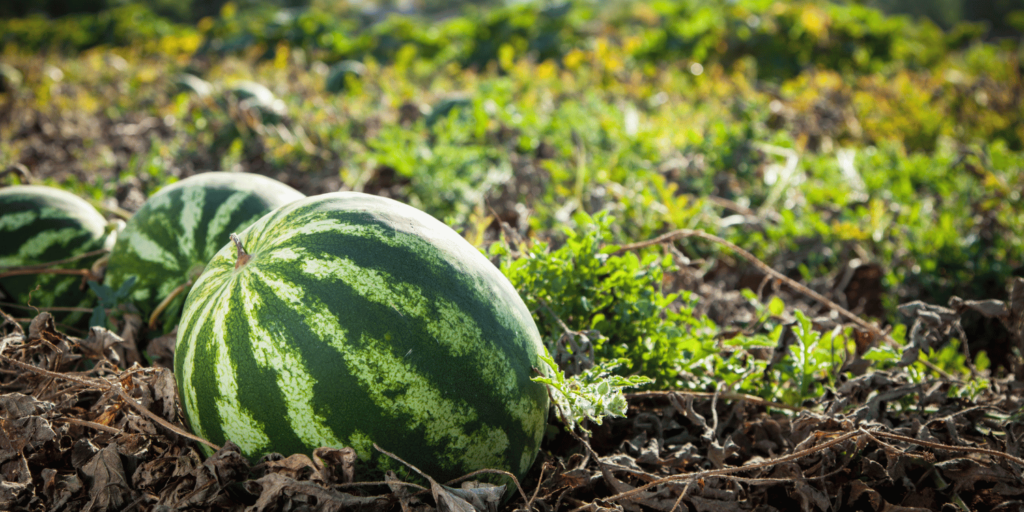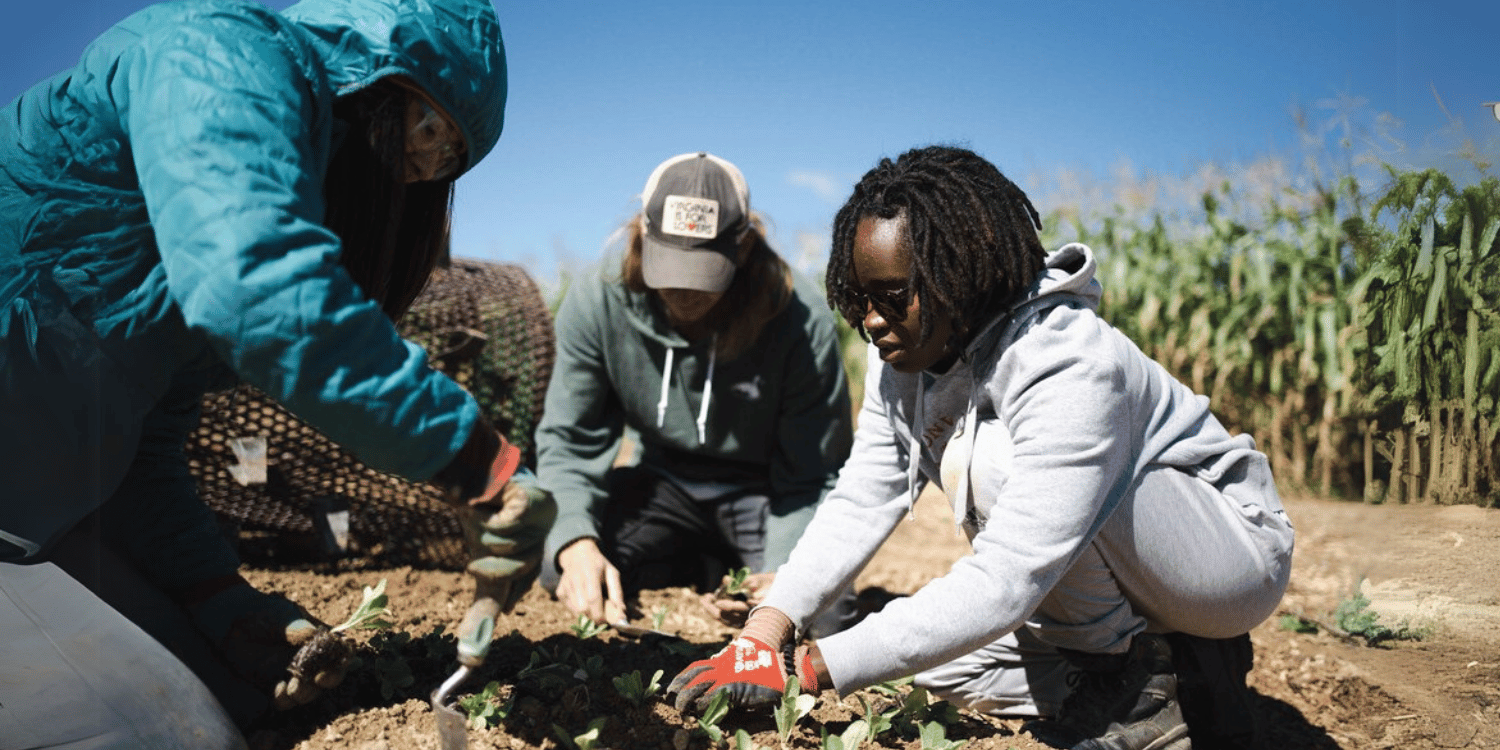Record heat and shifting seasonal demand impact melon supply and pricing as the industry transitions to offshore production.
The California melon season has concluded earlier than expected, primarily due to unprecedented heat during the growing period.
Record-high temperatures resulted in lighter fruit sets, leading to a shortened supply in the market, according to Daren Van Dyke, director of marketing of Five Crowns. The company completed its final harvest last Friday, marking the end of most domestic melon shipping for the season.

Looking ahead, the focus shifts to the offshore melon season, which is expected to begin on schedule. While cantaloupes remain available, the supply of honeydew melons is limited, and the market for both mini and regular watermelons is particularly tight. “We’re getting ready to transition from Hermosillo to Jalisco, but at the end of the crop, the quality is not great,” said Van Dyke. He also noted that cold weather in Mexico has contributed to a supply gap, further impacting availability.
The shortage of watermelons has driven prices significantly higher, with current rates reaching the upper $300 range FOB. Van Dyke predicts that these strong prices will persist for at least two to three weeks until production begins in Jalisco. However, quality concerns will remain a priority during this transition period.
While demand for melons was robust leading up to Thanksgiving, consumer preferences are now shifting toward fall fruits, resulting in softened demand for melons. Retailers, however, continue to stock large seedless watermelons for in-store cut programs, which also support processing needs.
“Retailers who do their in-store cut program still want to keep big seedless because they do their trimming,” Van Dyke explained, emphasizing that watermelon volume is heavily influenced by processors and cut programs.
As for domestic production, Five Crowns plans to resume melon harvesting in May in California’s Imperial Valley, utilizing a ranch near the Salton Sea, an area known for its temperate climate. Cantaloupe will be the first to be harvested, followed by honeydew and specialty melons such as the Picasso and Picasso Sunrise varieties.
This transition highlights the challenges and opportunities within the melon market as growers adapt to changing weather patterns and seasonal demand shifts. According to Van Dyke, these dynamics will play a critical role in shaping both supply and pricing trends in the coming months.




















